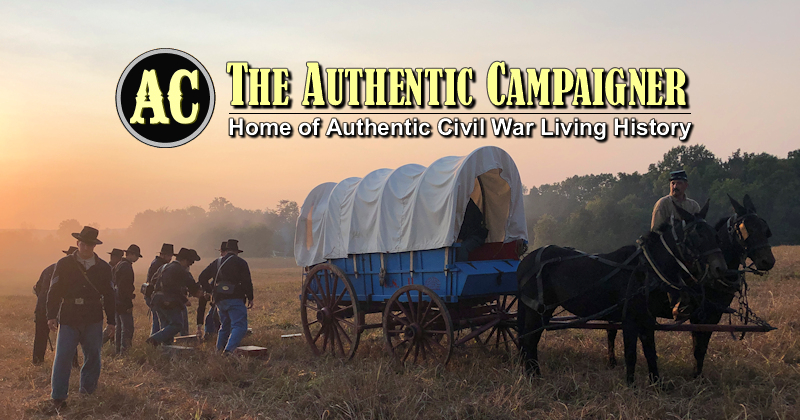I used the search feature and read the thread on "knapsacks and Artillerymen." Someone attached a drawing to their post that showed knapsacks strapped to the rear of the caisson. Does anyone know where I could find any primary accounts that describe or reference the practice? Thank you in advance for your help.
Regards,
Jay Roger
Regards,
Jay Roger



Comment